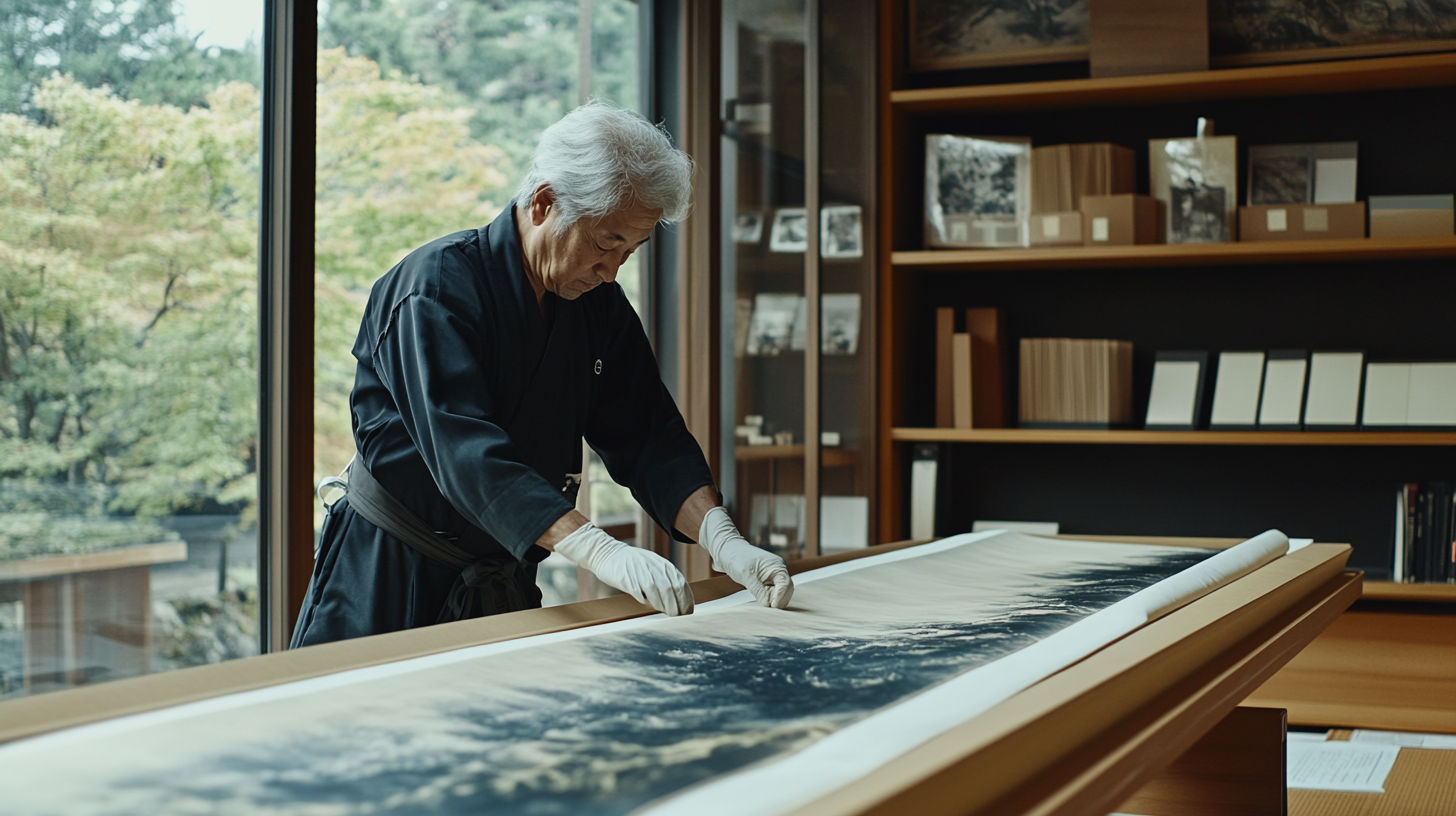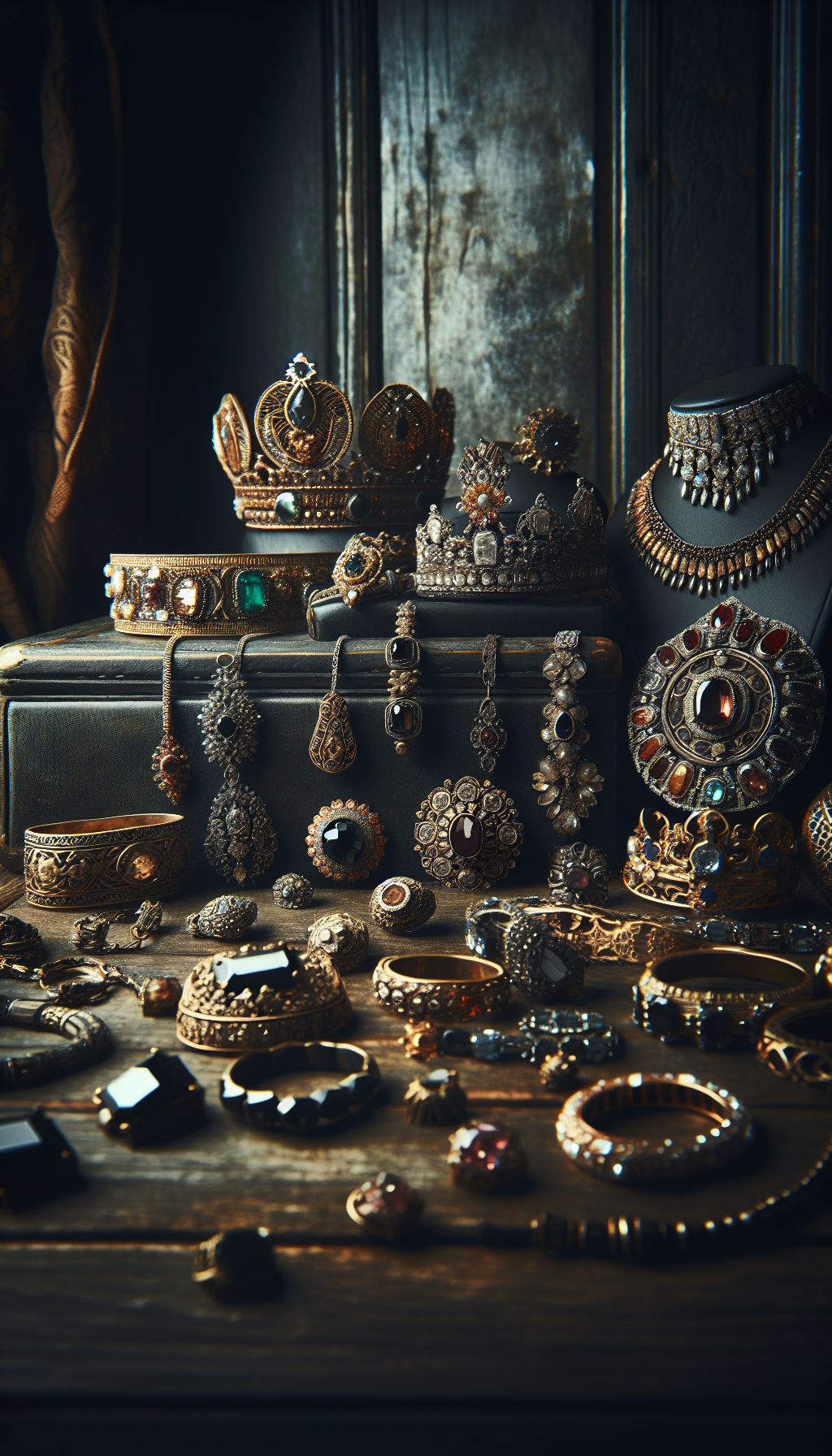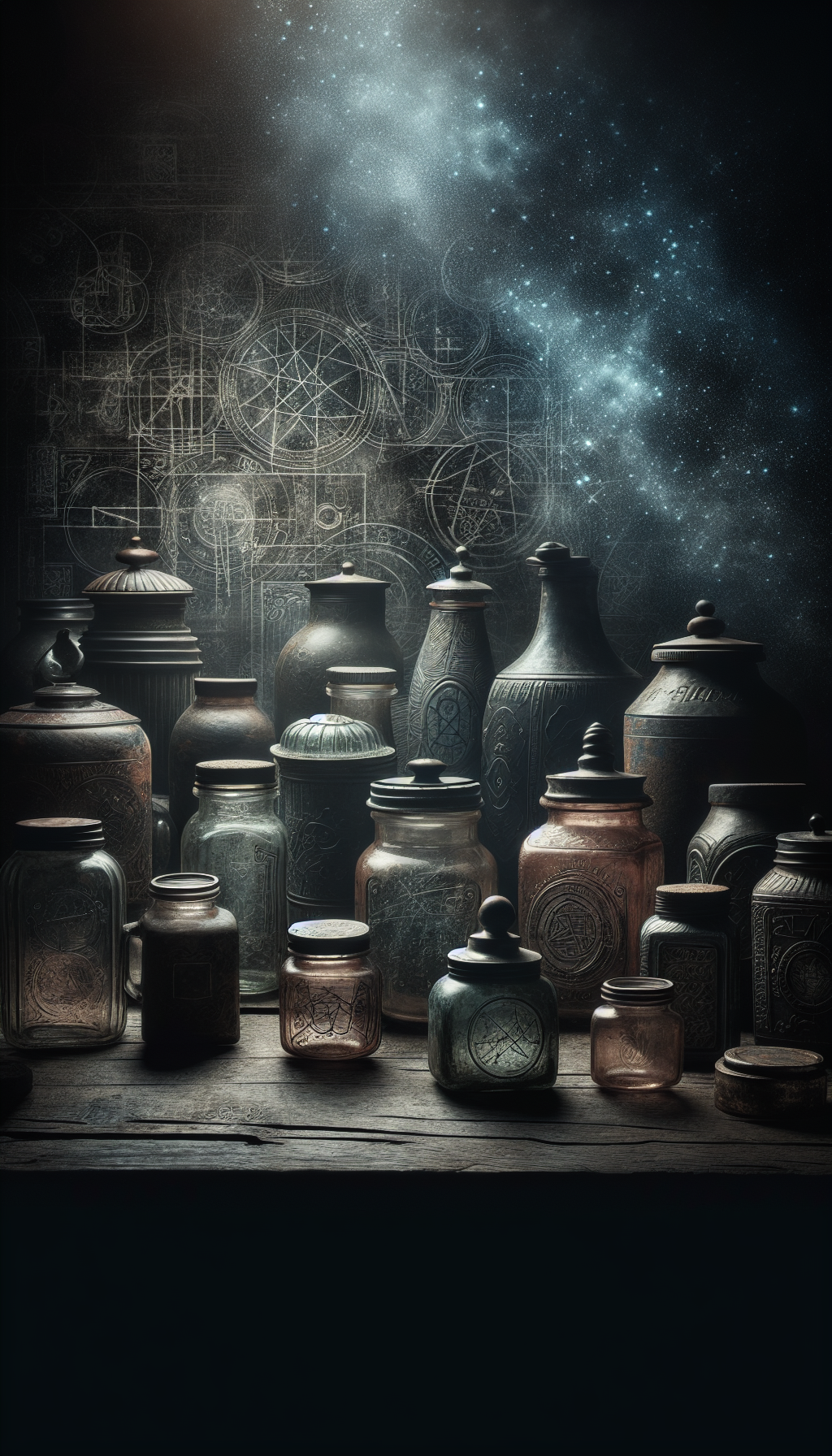Introduction to Japanese Art Appraisal
Japanese art has captivated collectors worldwide for centuries with its exceptional craftsmanship, aesthetic refinement, and cultural significance. Whether you’ve inherited a collection, discovered a potential treasure at an estate sale, or have been collecting for years, understanding the value of your Japanese artwork is essential for insurance, sale, or simply personal knowledge.
Professional appraisal of Japanese art requires specialized expertise in various art forms spanning multiple historical periods and genres. From delicate woodblock prints to intricate ceramics, lacquerware, scrolls, screens, and contemporary pieces, each category has unique valuation considerations.
This comprehensive guide will walk you through the fundamentals of Japanese art appraisal, covering authentication methods, key value determinants, finding qualified appraisers, and navigating the market for buying or selling these precious cultural artifacts.
Types of Japanese Art & Their Market Value
Ukiyo-e Prints & Paintings
Ukiyo-e (“pictures of the floating world”) woodblock prints rank among the most recognizable and collectible forms of Japanese art internationally. These vibrant depictions of landscapes, kabuki actors, beautiful women, and historical scenes gained tremendous popularity during the Edo period (1603-1868).
Key value factors for ukiyo-e prints include:
- Artist: Works by masters like Hokusai, Hiroshige, and Utamaro typically command the highest prices
- Edition: Early impressions with vibrant colors are more valuable than later printings
- Condition: Fading, foxing, trimming, or repairs significantly impact value
- Rarity: Uncommon subjects or designs from limited print runs increase desirability
- Provenance: Documented history of ownership enhances value and authenticity
Ukiyo-e Print Market Insights
Ceramics & Pottery
Japanese ceramic traditions encompass everything from rustic tea bowls to delicate porcelain, with regional styles like Imari, Satsuma, Kakiemon, and Kutani each having distinct collecting markets.
When appraising Japanese ceramics, experts assess:
- Age: Authentic Edo period or earlier pieces command significant premiums
- Craftsmanship: Technical excellence in form, glazing, and decoration
- Artist signatures: Works by recognized masters bring higher valuations
- Condition: Chips, cracks, repairs, and restoration impact value substantially
- Rarity: Unusual forms, glazes, or decorative techniques increase desirability
Screens & Scrolls
Painted screens (byōbu) and hanging scrolls (kakemono) represent important art forms that often feature calligraphy, ink painting, or decorative scenes. These larger format works can be particularly valuable, especially those by recognized artists or from important periods.
Valuation considerations include:
- Artist attribution: Works by famous masters command premium prices
- Subject matter: Historically significant or exceptionally beautiful compositions
- Condition: Paper/silk damage, mounting issues, fading or foxing
- Age: Edo period and earlier works typically bring higher values
- Artistic quality: Technical execution and aesthetic merit
Modern & Contemporary Japanese Art
The market for 20th and 21st century Japanese art has grown substantially, with artists like Yayoi Kusama, Takashi Murakami, and Yoshitomo Nara achieving international recognition and multi-million dollar sales records.
For contemporary works, appraisers consider:
- Artist reputation: Exhibition history, critical reception, and market presence
- Authenticity documentation: Certificates of authenticity and provenance
- Medium and size: Larger works and certain mediums may command premium prices
- Condition: Contemporary works are expected to be in excellent condition
- Market trends: Contemporary values can fluctuate based on current collecting trends
Japanese Art Market Values
Estimated price ranges by category (2023)
</tbody>
</table>
Authentication & Valuation Factors
Signatures, Seals & Marks
Japanese artists often signed their works using signature stamps (hanko), painted signatures, or distinctive seals. For ceramics, potter’s marks can be crucial for authentication and valuation.
Authentication considerations include:
- Signature verification: Comparing with known examples from reference catalogues
- Period-appropriate techniques: Materials and methods consistent with claimed age
- Seal analysis: Placement, color, and design consistent with artist’s known seals
- Style analysis: Brushwork, composition, and artistic elements matching attributed artist
Professional appraisers maintain extensive signature databases and reference materials to verify authenticity, as forgeries and misattributions are common in the market.
Condition Assessment
Condition significantly impacts Japanese art valuations, with mint or near-mint examples commanding substantial premiums over damaged pieces.
When assessing condition, experts look for:
Japanese Print Condition Checklist
Factors affecting the value of ukiyo-e and other Japanese prints
- Original untrimmed margins present
- No significant fading of colors
- Free from water damage or staining
- No significant paper foxing (brown spotting)
- No tears, creases or repairs
- Original album mounting (if applicable)
- Sharp impression without wear
- Vibrant, unfaded colors
For ceramics and three-dimensional works, condition assessments also evaluate:
- Repairs, restorations, or replacements (often detected under UV light)
- Chips, cracks, or damage to glazes
- Wear consistent with age
- Previous restoration quality and extent
Provenance & Exhibition History
The documented history of ownership (provenance) can significantly enhance the value and authenticity of Japanese artworks, particularly for important pieces.
Valuable provenance elements include:
- Previous notable owners: Works from famous collections
- Gallery and auction history: Documented sales with reputable firms
- Exhibition history: Inclusion in museum exhibitions or important shows
- Literature references: Publication in scholarly catalogues or books
- Original purchase documentation: Receipts from recognized galleries
For contemporary works, certificates of authenticity directly from artists or their authorized representatives are particularly important.
Japanese Art Historical Periods
- 1603-1868
Edo Period
The golden age of ukiyo-e woodblock prints and decorative arts. Works from this period by major artists are highly sought by collectors. - 1868-1912
Meiji Period
Era of intensive Western influence and export production. High-quality Meiji bronzes, cloisonné, and porcelain can command significant prices. - 1912-1926
Taishō Period
Brief period with distinctive artistic developments. Print artists like Hashiguchi Goyō and Kawase Hasui created works now highly valued. - 1926-1989
Shōwa Period
Modern era encompassing pre-war, war, and post-war periods. Later Shōwa prints by Hasui and others remain affordable entry points for collectors. - 1989-2019
Heisei Period
Contemporary Japanese art gains international recognition. Artists like Takashi Murakami and Yayoi Kusama achieve auction records. - 2019-Present
Reiwa Period
Current era where traditional techniques meet contemporary expression. Emerging artists create investment opportunities for collectors.
Working with Professional Appraisers
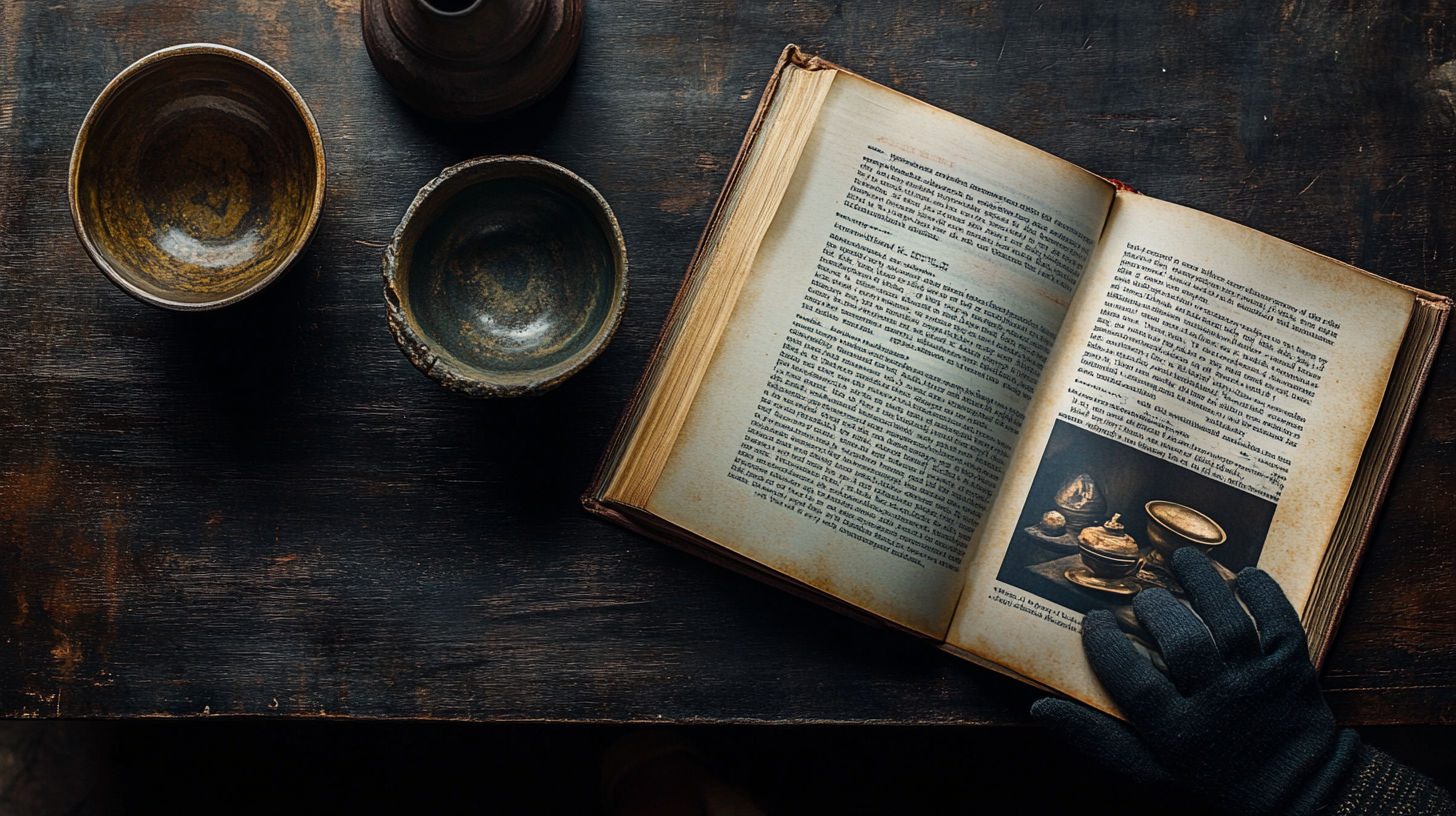
Finding Qualified Japanese Art Appraisers
When seeking professional appraisal services for Japanese art, look for specialists with:
- Specialized credentials: Membership in professional organizations like the Appraisers Association of America (AAA) or International Society of Appraisers (ISA) with Asian art specialization
- Academic background: Art history education with focus on Japanese or Asian art
- Museum or gallery experience: Professional experience with Japanese art institutions
- Published expertise: Books, articles, or catalogues demonstrating knowledge
- Client references: Testimonials from previous clients or institutions
Reputable auction houses with Japanese art departments, such as Sotheby’s, Christie’s, and Bonhams, often provide appraisal services and can be excellent resources.
Types of Appraisals
Different situations call for different types of appraisals:
- Insurance appraisals: Determining replacement value for insurance coverage
- Fair market value appraisals: For donation, estate, or tax purposes
- Retail replacement value: What it would cost to purchase equivalent pieces
- Liquidation value: Expected value in forced or quick sale scenarios
- Auction estimates: Projected selling range at public auction
Be clear about your purpose when commissioning an appraisal, as methodologies and valuations will vary accordingly.
Appraisal Costs & Process
Professional Japanese art appraisals typically cost between $125-$350 per hour, though some appraisers offer flat fees for certain services. Online preliminary appraisals may be available at lower rates.
The typical appraisal process includes:
- Initial consultation and purpose determination
- Physical examination of artwork (or review of detailed photographs)
- Research on comparable sales and market trends
- Authentication analysis when required
- Valuation determination based on current market
- Detailed written report with supporting documentation
Notable Japanese Art Auction Results
Recent significant sales highlighting market strength
| Category | Price | Notes |
|---|---|---|
| Ukiyo-e Prints (18th-19th century) | $200 - $20,000+ | Major artists in excellent condition can exceed $50,000 |
| Antique Ceramics | $500 - $25,000+ | Museum-quality pieces can reach six figures |
| Painted Screens & Scrolls | $1,000 - $50,000+ | Important artists or historical pieces much higher |
| Contemporary Japanese Art | $2,000 - $500,000+ | Major artists can sell in the millions |
| Netsuke & Small Carvings | $200 - $10,000+ | Exceptional examples by master carvers much higher |
</tbody>
</table>
Selling Japanese Art
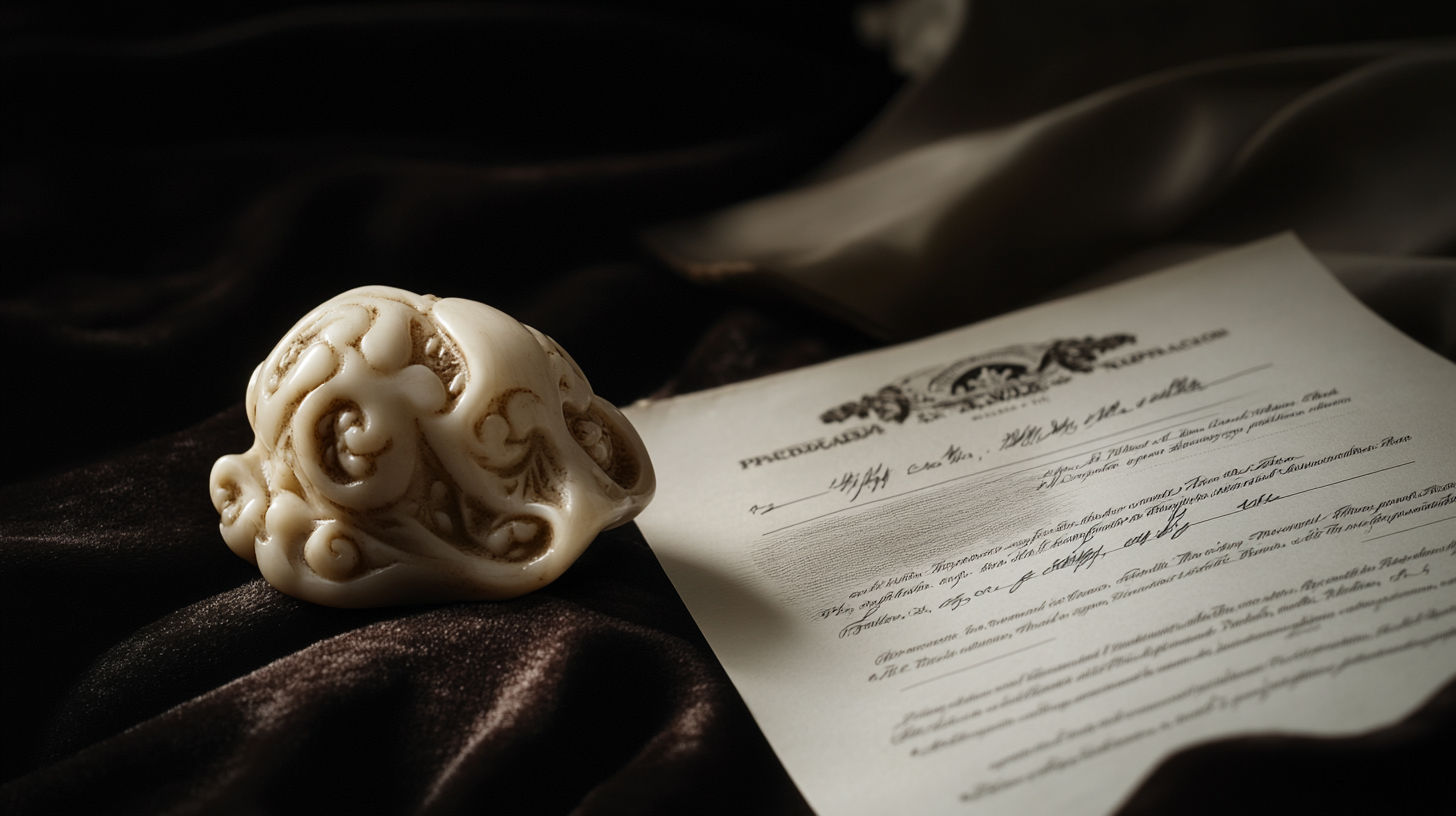
Auction Houses vs. Private Sales
Sellers of Japanese art typically choose between auction houses and private dealers, each offering distinct advantages:
Auction Houses:
- Competitive bidding can drive prices higher
- Wider exposure to international collectors
- Professional cataloguing and marketing
- Transparent public sales records
- Commission rates typically 10-25% of hammer price
Private Dealers:
- Potentially faster sales process
- More privacy for high-value transactions
- Often lower commissions than auctions
- Established client relationships for specialized pieces
- Potentially higher net proceeds without buyer’s premium
For museum-quality or exceptionally valuable pieces, major auction houses like Sotheby’s or Christie’s may be appropriate. For mid-range items, specialized Japanese art galleries like Floating World Gallery offer expertise and established collector networks.
Preparing Your Art for Sale
To maximize value when selling Japanese artworks:
- Gather documentation: Assemble provenance, previous appraisals, certificates of authenticity
- Consider conservation: For valuable pieces, professional conservation may increase salability
- Obtain professional photography: High-quality images are essential, especially for online sales
- Research comparable sales: Understanding recent market results helps set realistic expectations
- Seek multiple opinions: Consult several dealers or auction specialists before committing
Online Appraisal & Selling Options
Several online services now offer Japanese art appraisals and selling platforms:
- Mearto provides quick online appraisals with turnaround in 48 hours
- ValueMyStuff offers specialized Japanese art valuations
- JustAnswer provides access to expert appraisers for quick consultations
- Specialized online galleries like CollectingJapanesePrints.com purchase collections directly
Online options typically offer lower fees but may provide less personalized service or access to specialized expertise than traditional galleries or auction houses.
Essential Japanese Art Appraisal Resources
Floating World Gallery: Sell Your Artwork
Specialized Japanese art gallery offering professional appraisal services and direct purchase of fine Japanese prints, paintings and art objects.
Mearto Japanese Art Appraisals
Online platform providing quick, affordable appraisals of Japanese art with 48-hour turnaround and expert opinions on authenticity and market value.
Sotheby's Japanese Art Department
Premier auction house offering expert appraisal services, consignment opportunities, and international market access for museum-quality Japanese artworks.
Patricia J Graham Asian Art Consulting
Independent Asian art appraiser and consultant with extensive academic credentials specializing in Japanese art appraisals for private collectors and institutions.
Appraisers Association of America - Japanese Art Specialists
Professional directory of accredited appraisers specializing in Japanese art, with searchable database of qualified experts nationwide.
Collecting Japanese Prints
Resource for collectors offering free appraisals of Japanese woodblock prints with direct purchase options and extensive educational materials.
DIY Preliminary Appraisal Tips
Research Resources for Collectors
To begin investigating the potential value of your Japanese art:
- Reference books: Invest in specialized catalogues raisonnés for major artists
- Auction archives: Research comparable sales through free archives at Christie’s, Sotheby’s, and other auction houses
- Museum collections: Compare with similar pieces in major museum collections
- Online databases: Resources like Ukiyo-e.org for print identification
- Collector forums: Communities like Asian Art Forum can provide insight
Basic Authentication Checks
While not definitive, these basic checks can help identify potential issues:
- Paper age: For prints and paintings, look for appropriate aging consistent with claimed period
- Printing quality: Fine details and multiple color blocks suggest quality ukiyo-e
- Signature analysis: Compare signatures to published examples
- Black light examination: Can reveal modern paper brighteners or restorations
- Material inspection: Appropriate materials for the period (traditional pigments vs. modern)
Documenting Your Collection
Maintaining thorough records enhances both appraisal accuracy and value:
- Detailed photographs: Take high-resolution images of front, back, signatures, seals, and any damage
- Measurement records: Document precise dimensions using proper art measurement techniques
- Purchase information: Maintain receipts, certificates, and correspondence
- Exhibition history: Record any public showings or publications
- Conservation history: Document any professional restoration or conservation
Common Questions About Japanese Art Appraisal
How do I know if my Japanese art is valuable?
The value of Japanese art depends on multiple factors including:
- Artist reputation: Works by recognized masters command higher prices
- Authenticity: Genuine works versus later reproductions
- Condition: Preservation quality and any damage, repairs or restoration
- Rarity: Uncommon subjects, styles, or limited editions
- Provenance: Documented history of ownership and exhibition
- Current market demand: Collecting trends and buyer interest
For ukiyo-e prints specifically, considerations include the scarcity of the print, the specific version or edition, printing quality, and condition compared to mint examples. A professional appraiser specializing in Japanese art can provide the most accurate assessment.
How do I get my Japanese art appraised?
There are several approaches to getting Japanese art appraised:
Professional appraisers: Contact a certified appraiser specializing in Japanese or Asian art through organizations like the Appraisers Association of America
Auction houses: Major houses like Sotheby’s and Christie’s offer appraisal services, particularly for higher-value items
Specialized galleries: Japanese art galleries like Floating World Gallery provide appraisal services
Online services: Platforms like Mearto offer remote appraisals based on photographs and information
Museum curators: Some museum Asian art departments may offer identification services (though typically not commercial valuations)
For insurance or legal purposes, always seek a certified professional appraiser who can provide a formal written appraisal.
How much should a Japanese art appraisal cost?
The cost of Japanese art appraisals varies depending on:
- Appraiser credentials: More established experts typically charge higher rates
- Appraisal purpose: Insurance appraisals vs. fair market valuations
- Collection size: Single items vs. entire collections
- Appraisal depth: Quick valuations vs. detailed authentication and research
- Report formality: Verbal opinions vs. comprehensive written reports
Typical costs range from:
- $125-$350 per hour for in-person professional appraisals
- $75-$200 for basic online appraisals of single items
- Flat fees of $500-$2,500+ for formal written appraisals of collections
For the most accurate and defensible appraisals (especially for insurance or tax purposes), request a flat fee for the entire appraisal at the outset rather than an hourly rate if possible.
Where can I sell my Japanese artwork?
Options for selling Japanese art include:
Auction houses:
- Major international houses (Sotheby’s, Christie’s, Bonhams) for high-value items
- Specialized regional auction houses for mid-range pieces
Art dealers and galleries:
- Japanese art specialists like Floating World Gallery
- Asian art dealers in major cities
Online platforms:
- Specialized sites like Collecting Japanese Prints
- General art marketplaces like 1stDibs or Artsy
- Auction platforms like eBay (better for lower-value items)
Direct to collectors:
- Collector forums and social media groups
- Private sales through collector networks
The best venue depends on the value, type, and quality of your artwork. High-value or rare pieces typically benefit from specialized auction houses or dealers who can reach knowledgeable collectors willing to pay premium prices.
How can I tell if my Japanese print is an original or reproduction?
Distinguishing original Japanese prints from reproductions involves examining:
Paper quality:
- Original Edo-period ukiyo-e used handmade washi paper with visible fibers
- Many reproductions use smooth, machine-made paper
Printing technique:
- Authentic woodblock prints show embossing from block pressure (visible on the reverse)
- Look for overlapping color registration that’s slightly imperfect in genuine prints
- Modern reproductions often use photomechanical printing with perfect dot patterns visible under magnification
Color characteristics:
- Traditional prints used mineral and plant-based pigments with distinct qualities
- Reproductions often have synthetic colors that appear too bright or consistent
Edge inspection:
- Original prints typically have natural, slightly irregular edges
- Reproductions often have perfect machine-cut margins
Price consistency:
- If purchasing, unusually low prices for supposedly rare prints are a warning sign
When in doubt, consultation with a Japanese print specialist is recommended, as some high-quality reproductions can be convincing to untrained eyes.
Conclusion: Maximizing Your Japanese Art Investment
Understanding the value of your Japanese artwork empowers you to make informed decisions about insurance, display, conservation, and potential sale. While online resources provide helpful starting points, the nuanced expertise of professional appraisers remains invaluable for accurate authentication and valuation.
Japanese art continues to attract passionate collectors worldwide, with strong market performance for quality pieces across all periods. Whether you’re a seasoned collector or have recently acquired Japanese artworks, regular professional appraisals help track changing market values and protect your investment.
For those considering selling, understanding the unique aspects that drive value in Japanese art allows you to present your pieces effectively to the market. Working with reputable specialists who understand both historical significance and current market trends will help you achieve the best possible outcome.
By combining self-education with professional expertise, you can develop a deeper appreciation for your Japanese art collection while making sound decisions about its care and management for years to come.
Get a Professional Appraisal
Unsure about your item’s value? Our certified experts provide fast, written appraisals you can trust.
- Expert report with photos and comps
- Fast turnaround
- Fixed, upfront pricing
No obligation. Secure upload.
| Item | Price | Date | Auction House |
|---|---|---|---|
| Katsushika Hokusai "Under the Wave off Kanagawa" | $2,760,000 | March 2021 | Christie's |
| Yayoi Kusama "Infinity Nets" | $7,953,013 | April 2022 | Sotheby's |
| 17th Century Nabeshima Dish | $1,700,000 | September 2022 | Bonhams |
| Hiroshi Sugimoto "Seascape" | $740,000 | October 2021 | Phillips |
